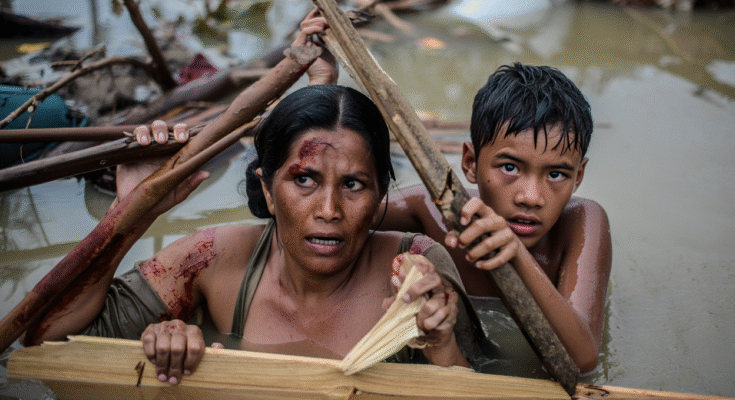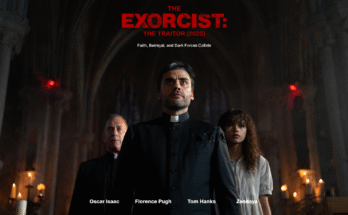There are films that entertain, and then there are films that remind you what it means to be human. The Impossible (2012), directed by J.A. Bayona, belongs firmly in the latter category — a heart-wrenching, visually staggering survival drama that refuses to sensationalize tragedy, instead plunging the audience into its raw, chaotic, and profoundly emotional reality. Based on the true story of one family’s survival during the 2004 Indian Ocean tsunami, this is a cinematic experience that grips your soul and never lets go.

From the very first frame, Bayona captures the illusion of peace — a tropical paradise bathed in sunlight, laughter echoing beside the resort pool, the hum of life untouched by tragedy. It’s the calm before an unspeakable storm. When the tsunami strikes, it does so without warning or mercy. The sound alone — a deep, primal roar — sends a chill through the body. What follows is one of the most harrowing disaster sequences ever committed to film: a ferocious, swirling ballet of water, debris, and sheer survival instinct. The camera doesn’t flinch, and neither can we.
At the center of this chaos is Naomi Watts, whose portrayal of Maria is nothing short of extraordinary. She doesn’t play a victim — she embodies a survivor. Every gasp, every cry, every trembling moment in her performance feels terrifyingly real. Watts transforms physical pain into emotional poetry, showing us what it means to cling to life when the world itself is falling apart. It’s no surprise her performance earned her an Academy Award nomination; it is a masterclass in controlled chaos.
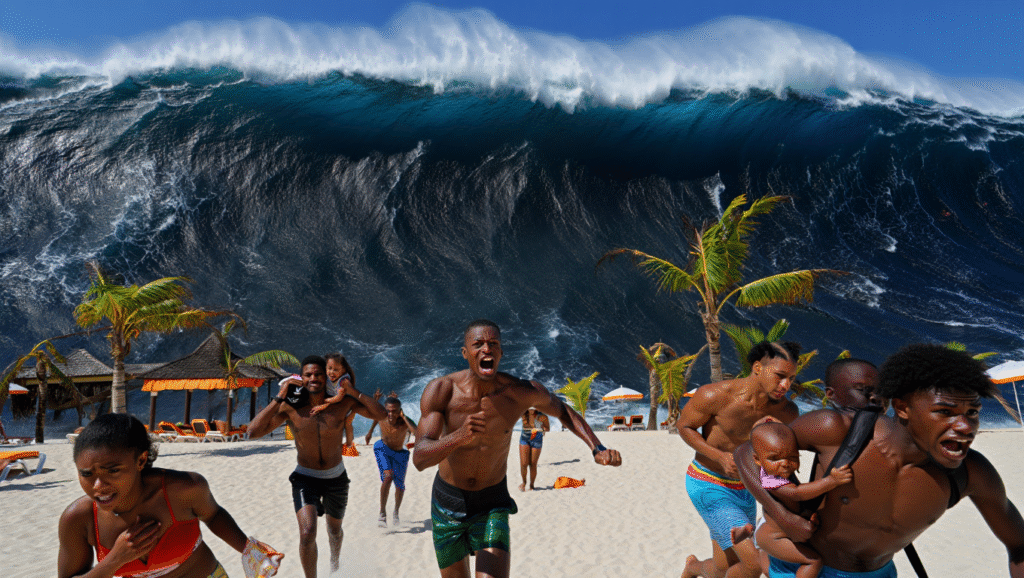
Opposite her is Ewan McGregor as Henry, a man fractured by helplessness yet anchored by love. McGregor’s quiet desperation, his wide-eyed disbelief and aching determination, give the film its heart. In one unforgettable scene, he breaks down while calling his family — a moment so intimate and raw it transcends acting. You don’t see McGregor the actor; you see a husband, a father, and a human being stripped to his core.
But it’s Tom Holland, in his breakout role as Lucas, who carries the emotional weight of the story’s aftermath. As the eldest son forced to grow up overnight, Holland delivers a performance that is astonishingly mature — full of fear, courage, and tenderness. His journey from frightened child to protector encapsulates the film’s essence: that heroism isn’t found in grand gestures, but in small acts of love and resilience.
Bayona, known for his blend of realism and emotional storytelling (A Monster Calls, Jurassic World: Fallen Kingdom), crafts The Impossible with meticulous precision. The film’s power lies in its perspective — intimate, grounded, and human. Rather than glorifying destruction, it focuses on survival: hands gripping branches, voices shouting through debris, eyes scanning endless faces of the missing. The cinematography by Óscar Faura finds haunting beauty in ruin — sunlight filtering through wreckage, the ocean’s deceptive calm after carnage. It’s visually stunning and emotionally devastating.
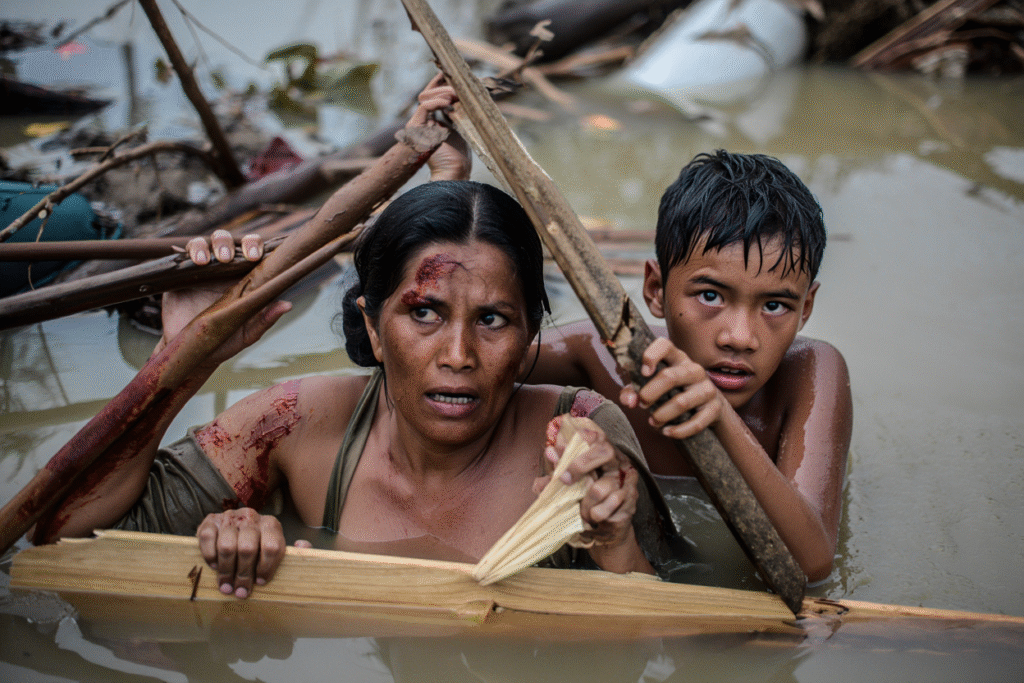
The film’s sound design and visual effects deserve special praise. The tsunami sequence is not CGI spectacle — it’s immersion. You feel the water. You hear every collision, every gasp for air. It’s as if the audience, like the characters, must fight to survive each frame. But amid the horror, Bayona weaves in moments of astonishing humanity — strangers helping strangers, small miracles born from chaos. It’s this compassion, this unspoken connection between survivors, that turns tragedy into something transcendent.
Fernando Velázquez’s haunting score deepens the emotional resonance. It doesn’t manipulate; it mourns. The music swells not at moments of triumph, but at moments of reflection — when Maria reaches for Lucas’s hand, when Henry reunites with his sons, when the family, broken but breathing, boards a plane toward an uncertain future. The melody feels like a prayer whispered into the ruins.
At its heart, The Impossible isn’t about disaster — it’s about love. It’s about the primal bond of family and the extraordinary kindness that surfaces when everything else is lost. Bayona doesn’t give us heroes or villains; he gives us people — terrified, fragile, and yet, unbelievably strong. The film’s title becomes its message: that survival, in its purest form, is an act of grace.
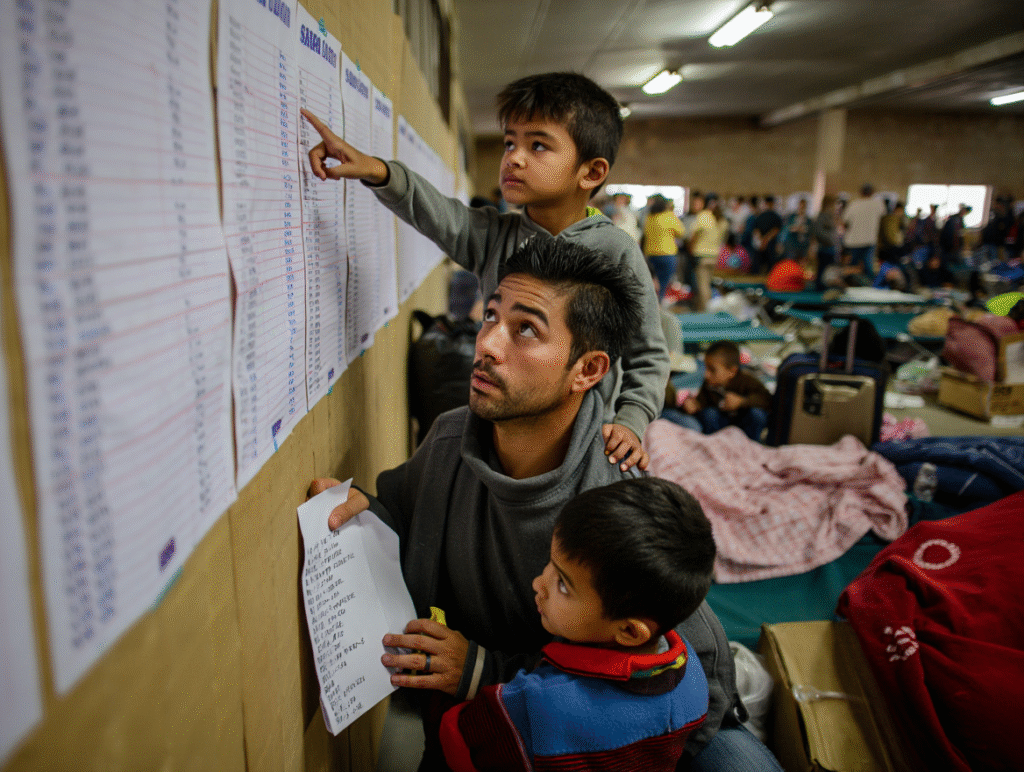
By the final scene, as the family holds each other in silence, the audience is left with a single, overwhelming truth — that even in the darkest depths of despair, humanity endures. The Impossible doesn’t just depict a tragedy; it makes you live through it, feel every heartbeat, every breath, every fragile moment of hope.
